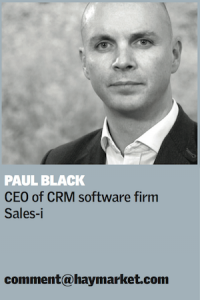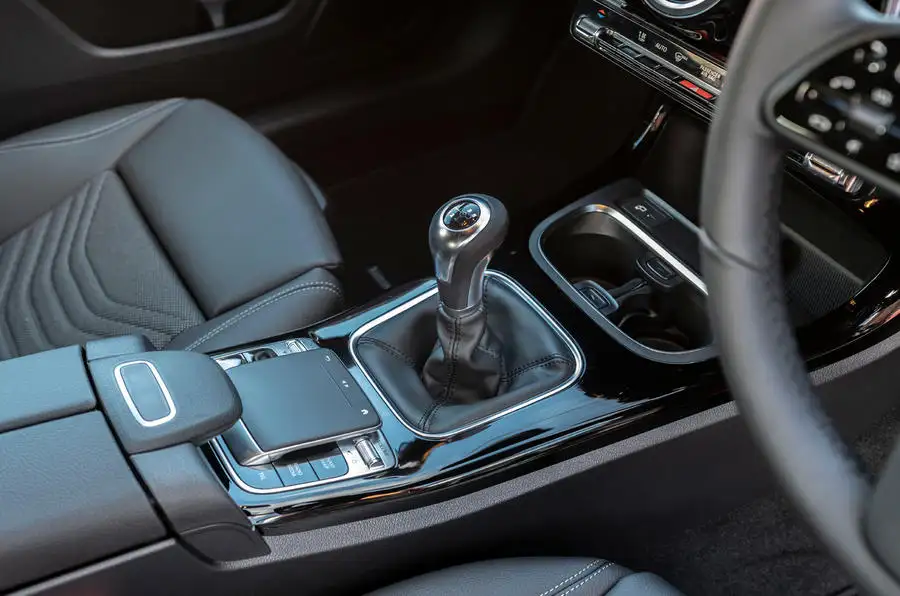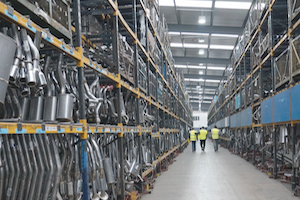There’s a way to upgrade your systems without downgrading your profit

Earlier this year, Matthias Muller – chief executive of Volkswagen – remarked that the automotive industry’s reluctance to embrace new tools could cause its status to be “downgraded to that of a hardware supplier.”
He’s both wrong and right. He’s wrong in that the automotive and aftermarket industries are making great strides in manufacturing technology: functions like fleet management, maintenance, and even driving itself may be fully or partially digitised within a few years. According to Business Insider magazine, it’s expected that connected cars will generate $8.1 billion in profit before 2020.
However, Muller is right when it comes to everyday business functions such as sales, marketing, and customer service, where technology is often shunned instead of embraced. In these areas and more, technology can make a significant difference, cushioning your company against the impact of an industry slump, and laying the foundations for a profitable future.
But it won’t do either if your company and its employees aren’t fully on board. Implementing new tools and applications will be vital in ensuring the company can evolve and remain competitive, but when your staff are used to doing things a certain way, it can be hard to persuade them to do them differently. Introducing these four technology adoption initiatives will go some way towards getting your staff on side. The aftermarket may be facing some difficult times: a study from Euler Holmes, the global credit trade insurer, forecast a nine percent downturn over 2017. Attitudes to technology will, for better or worse, impact future revenues, and a failure to adapt is unlikely to be sustainable or profitable in the short and long term. The more flexible, collaborative and encouraging you are with technology, the more your company will get out of it.
THE FOUR WAYS TO GET YOUR TEAM SELLING
1. Establish staff requirements across the business
At the very least, business tools and applications should be unobtrusive. At the very best, they should help your employees do their jobs more effectively, efficiently, and productively.
And if you’re going to roll out a new tool or application across several departments, it should be implemented with the needs of every potential user firmly in mind. Your sales team and customer service team will both need a level of access to, for example, a CRM system, but if you’re going to give one team full privileges and another limited privileges, you need to be able to explain your reasoning.
The best way to pre-empt any potential issues is to simply consult the relevant departments in advance of any rollout. Be prepared to justify the addition of this new technology, and to suggest ways that it might help them perform their job duties. Even better, get them involved in your decision-making process when looking into the available solutions.
2. Get staff up to speed
If the aftermarket is slightly technophobic, it has nothing on the wider sales profession. Entire books have been written about its reluctance to embrace new tools. They’re not alone in this: old habits and patterns are hard for anyone to break. The upshot of this is that you can’t just install a new application and say “good luck”: your staff needs the proper training.
It doesn’t matter whether you organise for this to be done in-house, or if you pay a third party to organise some semi-regular sessions. What matters is that your employees understand how to use it at the required level . If your salespeople are using the system to nurture new leads, if your account managers are using it to cross sell coil springs to customers who routinely buy driveshafts, and if your service team are using it to resolve problems, they’ll all need the proper guidance.
3. Be realistic
Technology isn’t a miracle cure-all. I can say for sure that selling in the aftermarket is part science, but the other part is pure art. A computer can’t get a tentative prospect over the line; it can’t keep a faltering customer relationship from sounding its death rattle; it won’t turn that one-off purchase of brake fluid into a recurring bulk order for engine parts.
Don’t sell tech adoption as a solution to your team’s problems. It’s there to help them focus on their problems with minimal distractions or intrusions and to remove boring admin such as data entry and meeting preparation. Tech adoption won’t let your team go on autopilot – it simply lets their skills do the talking.
4. Welcome feedback
Finally, tech adoption isn’t a one- and-done thing. Sometimes the software won’t perform as well as it should; sometimes it’ll evolve and iterate to the point where it’s unrecognisable; sometimes staff needs will simply change.
Listen to your team if they raise concerns, and when the software succeeds, show them. Let them know that, for all their gripes and difficulties, the technology is making a significant difference – even if it doesn’t feel significant as they’re using it.











Go to comments